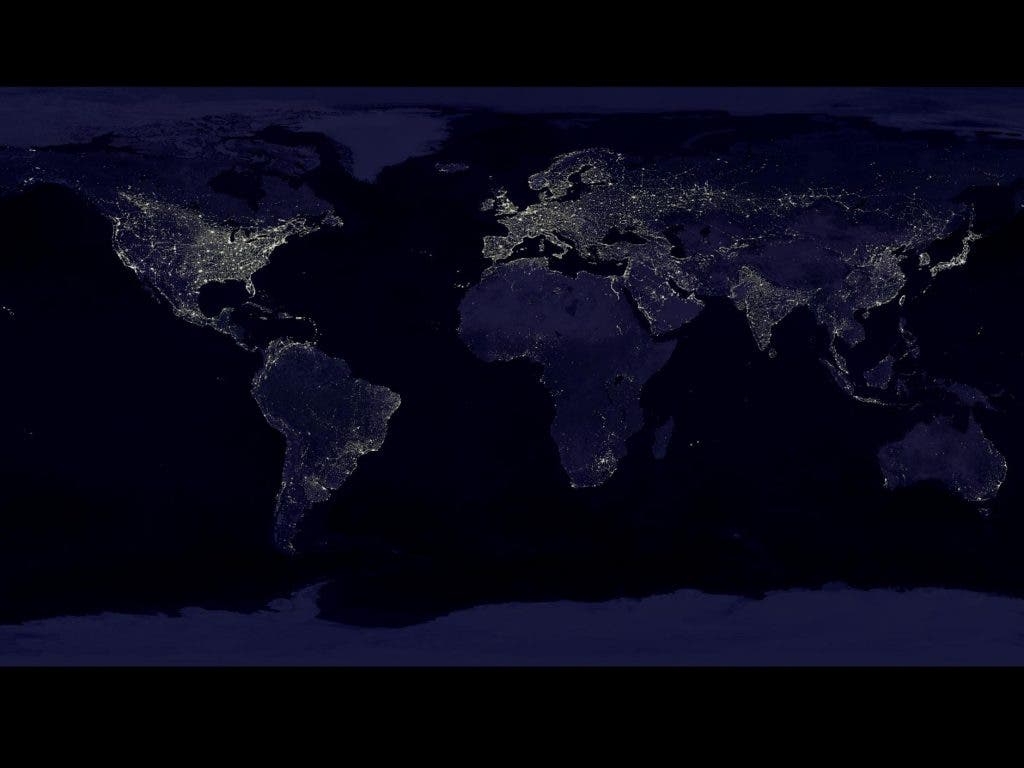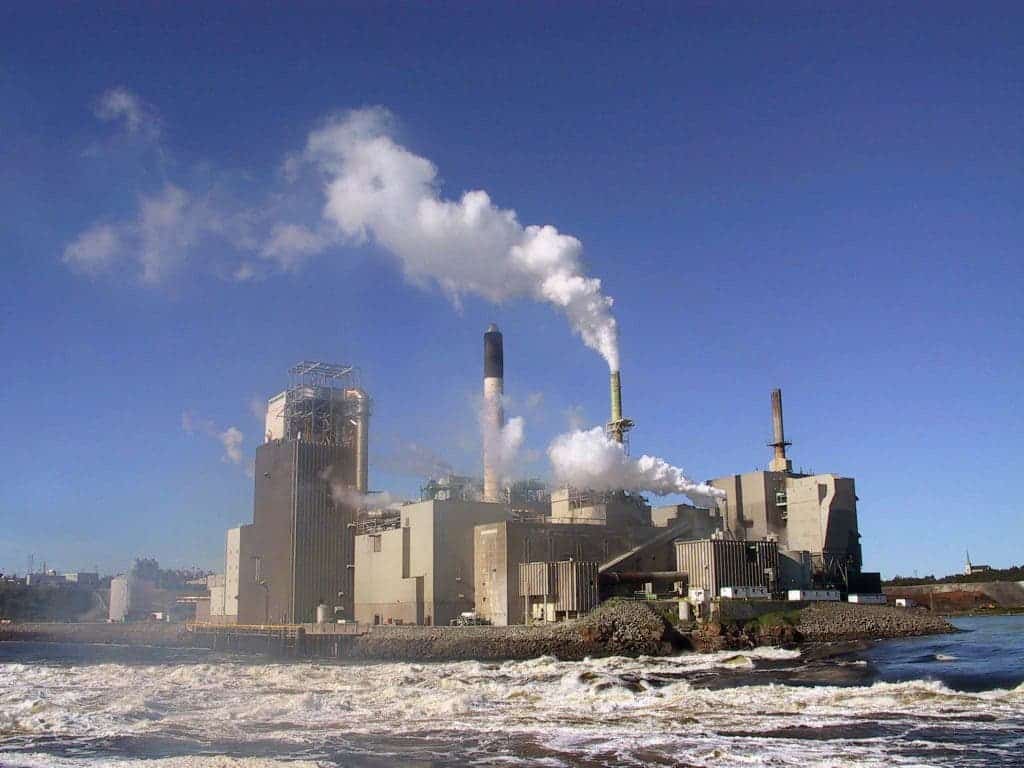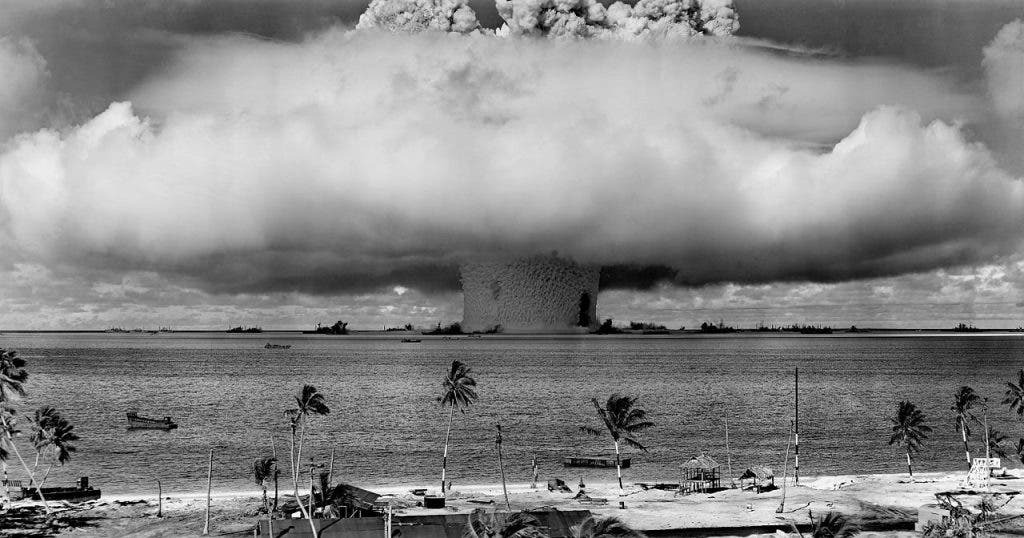It’s official – humanity has changed the Earth so much that we’ve basically created a new geological era, one that scientists call the Anthropocene.

“The Anthropocene is functionally and stratigraphically distinct from the Holocene,” reads a new paper published in Nature. The team which was tasked with investigating the “human age” found that humanity’s impact on our planet will be visible in rocks and sediments for millions of years to come. The question of whether or not our environmental impact is making a difference is not even up for debate anymore.
“We could be looking here at a stepchange from one world to another that justifies being called an epoch,” said Dr Colin Waters, principal geologist at the British Geological Survey and an author on the study published in Science on Thursday.
Quantifying the changes done by humans is definitely not an easy feat, especially because it’s about comparing things that happen on a different time scale; they took the Holocene as a reference point. The Holocene is the geological epoch that began after the Pleistocene approximately 11,700 years ago. Until recently, it was generally accepted that the Holocene also encompasses the growth and impact of the human species worldwide, up to the urban present – but that may have to change.
“What this paper does is to say the changes are as big as those that happened at the end of the last ice age . This is a big deal.”

Although humans have had a significant impact since we emerged as a dominant species, it’s only recently that we began affecting the planetary environment. Some panel members believe the 1950s should be a starting date for the new geological era, because that’s when things really started speeding up.
Humanity’s reign
Unfortunately, our changes on the planet aren’t really positive. We’re continuously pumping CO2 and methane into the atmosphere, altering the climate and ushering in an age of global warming. The roughly 300m metric tonnes of plastic produced annually also take their toll, and you also can’t ignore the massive quantities of concrete produced worldwide.
From an biodiversity point of view, our impact is also huge – and negative. Wildlife is pushed into smaller and smaller patches with only 25% of the global land territory being considered “wild”, down from 50% three centuries ago. But perhaps the most visible geological mark we left on the planet comes from nuclear testing.

“Potentially the most widespread and globally synchronous Anthropogenic signal is the fallout from nuclear weapons testing,” the paper says.
The isotopes from nuclear tests that took place in the 1950s and 1960s are spread throughout sediments and rock on the planet – a clear, undeniable mark that will be detectable for millions of years to come.
“It’s probably a good candidate [for a single line of evidence to justify a new epoch] … we can recognise it in glacial ice, so if an ice core was taken from Greenland, we could say that’s where it [the start of the Anthropocene] was defined,” Waters said.
All in all, the majority of panel members seem to agree that the Anthropocene should become a regular geological age.
“Within the Working Group – and we have 37 members – I think the majority of them now agree that we are living in an interval we should call the Anthropocene. There’s still some discussion as to whether it should be a formal or informal unit, but we’d like to have a specific definition. And a majority of the group are moving towards the mid-20th Century for the start of this new epoch.”
In due time, the final decision and further recommendations will come out.




